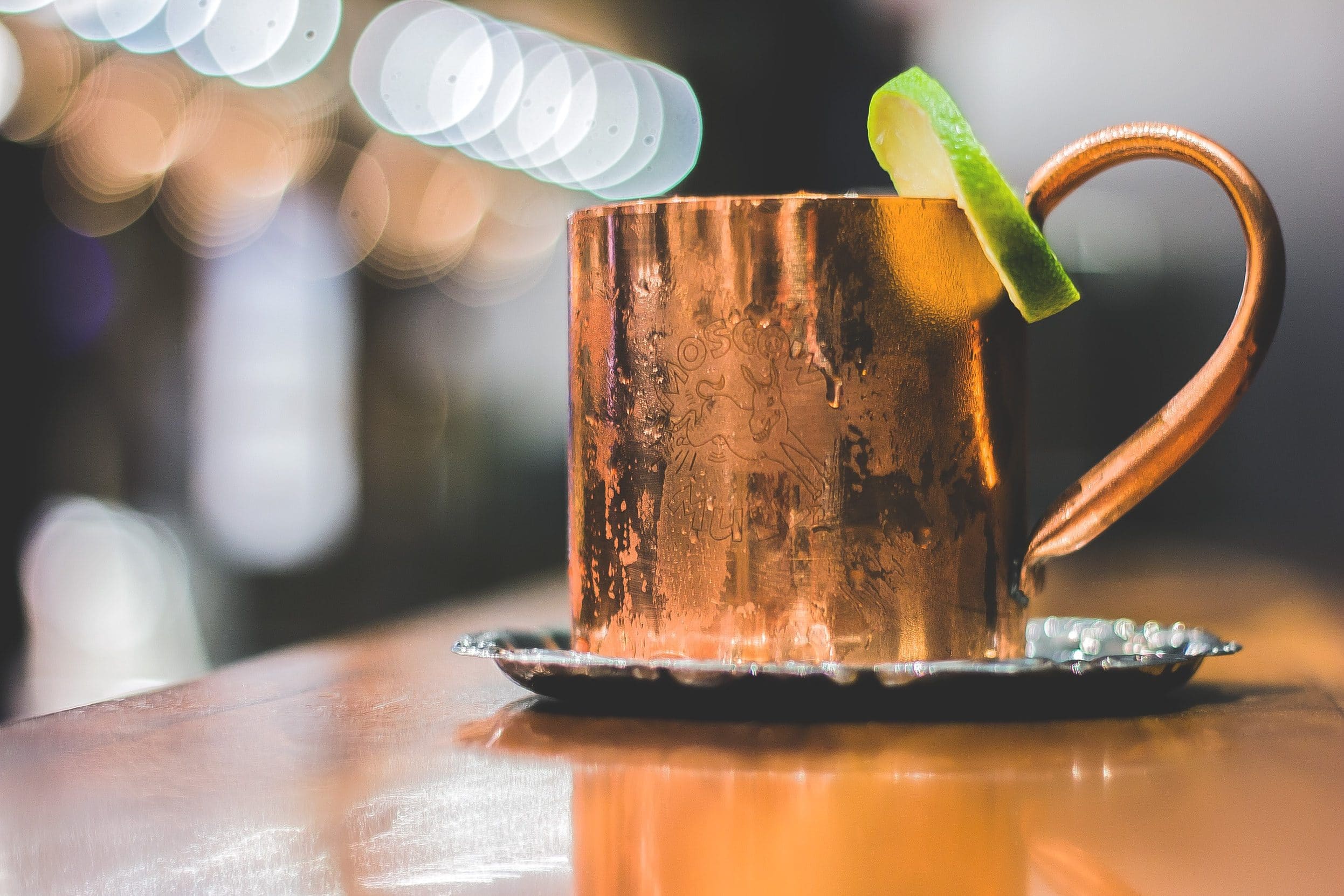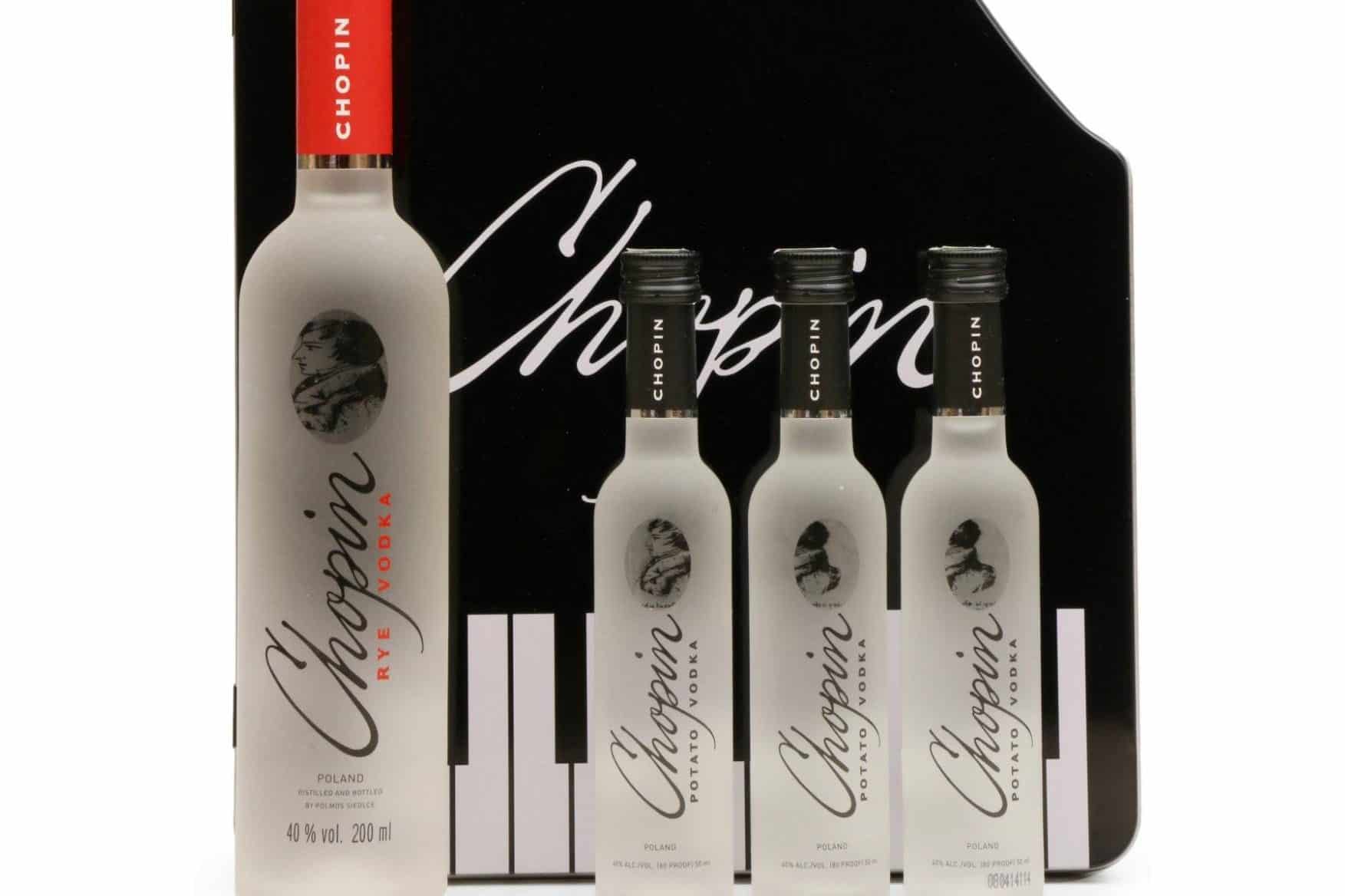Vodka may not carry as much prestige as sparkling wines from Champagne; however, that doesn’t mean it should simply be relegated to mixing with a punch for the purpose of intoxication. In fact, vodka is a spirit that is incredibly varied, and comes with a rich and contentious history.
While it’s often used in cocktails and mixed drinks, perhaps the best way to enjoy this spirit is on its own. People often refer to vodka as having no taste, but with a proper vodka and taking the time to savour the experience, you’re able to find subtle, nuanced flavours that can actually be quite pleasing.
Vodka’s Lengthy History
Interestingly, vodka is one of the oldest spirits in the world. It was initially made from grapes, and then eventually it was made from grains.
As it gained popularity, it replaced honey mead as the preferred beverage in Russia, Poland, and Sweden. In fact, all three of those countries have staked their claim on who made vodka first, and it can be a fairly contentious issue to bring up.
Squabbling aside, vodka is what is known as a rectified spirit, in that it is colourless and “tasteless”. Gin is also a rectified spirit; however, the biggest difference between vodka and gin is that gin uses junipers and other botanicals in the distilling process, while vodka maintains a pure and clarified profile.

The word vodka comes from Slavic-language word voda, which means water. Taken literally, vodka means “little water”, although anyone who has sipped on vodka before can attest that the two beverages have very different tastes.
Vodka got its start as a tincture for treatments. Home remedies still use this spirit in certain applications, and its potential uses for other purposes blossomed from there.
While it was long popular in Russia, Poland, and across Europe, vodka didn’t become popular in North America until the late 1940s. It was put into the Moscow Mule, which soon primed it to be associated with prestige.

A few years later, James Bond was ordering vodka martinis, and by the mid-1970s, vodka overtook whiskey as the best-selling spirit in America, a position it still holds today.
How Vodka Is Made
Vodka is an interesting spirit because it can be made by distilling a variety of things with sugar. For example, it can be made with potatoes, apples, milk, wood, corn, carrots…you get the idea. Most of the time, however, it’s made from various grains.
The grains are first cooked with filtered water to create a mash that is rich in sugars. The mash is then fermented with yeast to create an alcoholic wash, which is then separated from the yeast in a still.
Most of the time, vodka goes through a distilling process at a minimum of three times. The more times it gets distilled, the smoother and cleaner the taste will be.

After it undergoes distillation, it’s filtered through charcoal, and then has purified water added to it. This water is essential because it impacts the taste of the vodka.
Grain-based vodkas typically only get water added, though they’re also likely to be distilled further. Other vodkas have added sugars and sweeteners.
Once that process is complete, it’s ready to go. Vodka does not need to age, and thus, it gets the party started straight away.
Types of Vodka
With vodka, there are two main categories to consider. There are traditional vodkas, which are neutral, and then there are flavoured vodkas, which highlight different flavours.
Traditional vodkas don’t have flavouring added after distillation. However, despite this, they aren’t completely tasteless – it all depends on the terroir and climate of the grains used to make the vodka. Yes, just like wine!
Other variations depend on how many times it gets distilled. Some brands will distill a number of times, like award-winning brand, Purity, which undergoes this process nearly three dozen times before it is finished.

Other premium brands, such as Belvedere, only get distilled a single time through a trademarked processes.
What separates vodkas from each other is more so the texture rather than the taste. Some vodkas may be clear and crisp, while others may have a buttery or silky texture. The fun part, of course, is in tasting them and picking apart the subtleties.
Breaking down vodka into further categories, you’re bound to find some that speak more to your soul through your taste buds.
Wheat vodka is easy and familiar. If you’ve had Grey Goose, Ketel One, or Absolut, for example, you’ve had wheat vodka.
These are predominantly smooth and focused on clarity, but again, the type and quality of the wheat makes an impact on the flavour you’ll experience.
Potato vodka has a slightly stronger flavour. Interestingly, vodka makers that use potatoes are much like winemakers, in that they treat the potatoes in the same regard as winemakers do grapes. Thus, potatoes from different years can create different tasting profiles.
In fact, specific potatoes used for making vodka have quite a following, as there are plenty of vodka lovers that chase these varied vintages.
While Russia is a country that’s well-known for its vodka, it’s interesting to note that there are relatively few potato vodkas from Russia. Some of the more well-known potato vodkas include Chopin from Poland or Karlsson’s Gold from Sweden.

Corn vodka is typically the most neutral. While the type of corn used affects the vodka’s flavour, it’s of little consequence.
These are the types of vodka that are used most often in cocktails, and aren’t as enjoyable to have neat. Smirnoff and Tito’s are prime examples, and they tend to be cheaper than other bottles of vodka.
Keep in mind that vodka can be made from just about anything out there, so corn isn’t so strange.
Flavoured vodka can take on any taste. Vodka is a blank canvas that is easy to flavour, which is why you will see them with berry or vanilla flavours.
However, you may also have come across some more exotic flavours, such as bacon, cupcakes, and other gastronomic delights.
These can be fun, but be aware that while they go down easily, it’s also just as easy to drink too much and come to regret it in the morning.
Tasting Vodka
Now, if you’d like to know how to taste vodka and go beyond simply mixing it with juice at the bar, there are some things to know.
For starters, a good vodka doesn’t need to be chilled, but you should keep it in your freezer for about three hours before pouring for the best experience.
Start drinking it cold first. Then, sip it slowly as it warms up. This is the way to experience vodka in its purest, most delightful form.

However, a word of caution: don’t add ice. As ice melts, it dilutes the vodka, and hence disrupts the tasting experience.
Before you even get that far though, make sure you smell the vodka first. A good brand of vodka will not have an overpowering smell of alcohol – if it does, you need to find something with better quality.
A trick is to smell the inside of your elbow to clear your nose, then sniff the vodka and see what kind of notes you can pick out.
A good vodka will smell grainy or creamy, and a bad vodka might make you cough. Sampling it with food can be very telling as well.
In fact, that’s how it’s typically enjoyed in Russia and Poland. Fermented, smoked, and cured foods complement vodka very nicely, and you may be pleasantly surprised with the experience.

For example, one of the most common zakuski, or snacks that accompany vodka, is pickled herring. The oily and salty flavours from the fish pair very well with a cold, crisp vodka.
Other common foods to enjoy with vodka include caviar, smoked fish, blinis with smoked fish, smoked sausages, steak tartare, pierogi, pickled cucumber salad with dill, salty or smoked cheeses, and dark breads like rye or pumpernickel.
Conclusion
For anyone that has only tasted cheap vodka, you may not be too keen on doing a tasting of the better stuff. Just like cheap wine or cheap tequila can sour your palate, you can elevate your experience by choosing a quality vodka.
If you regularly drink vodka in your cocktails, you may find new delight in it by tasting it neat. If done in combination with balanced flavours and the right foods, you’ll see how drinking vodka can evolve into a treasured gourmet experience wherever you go.


